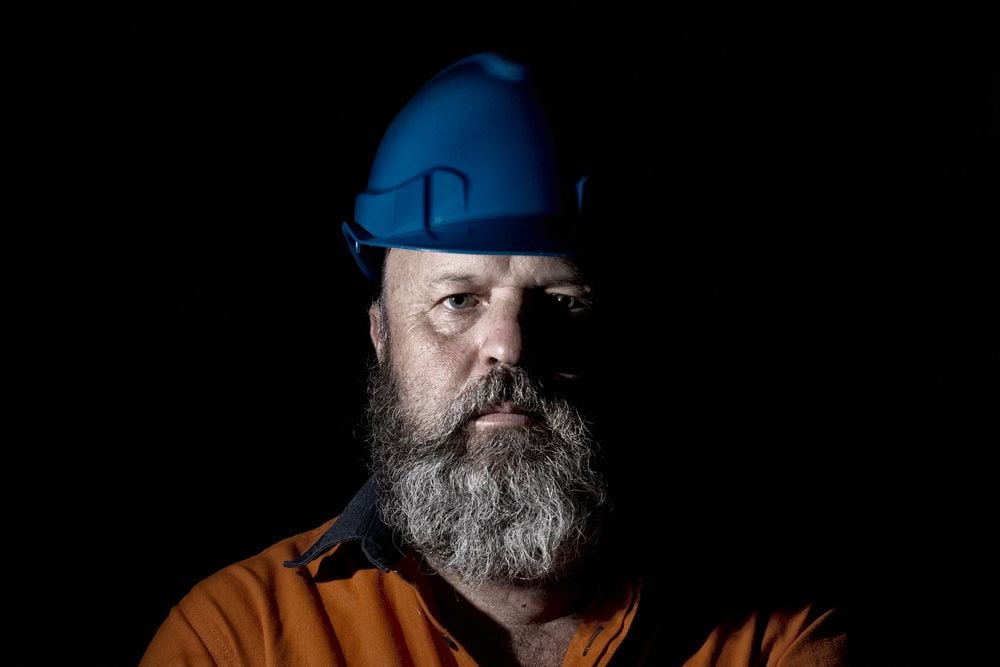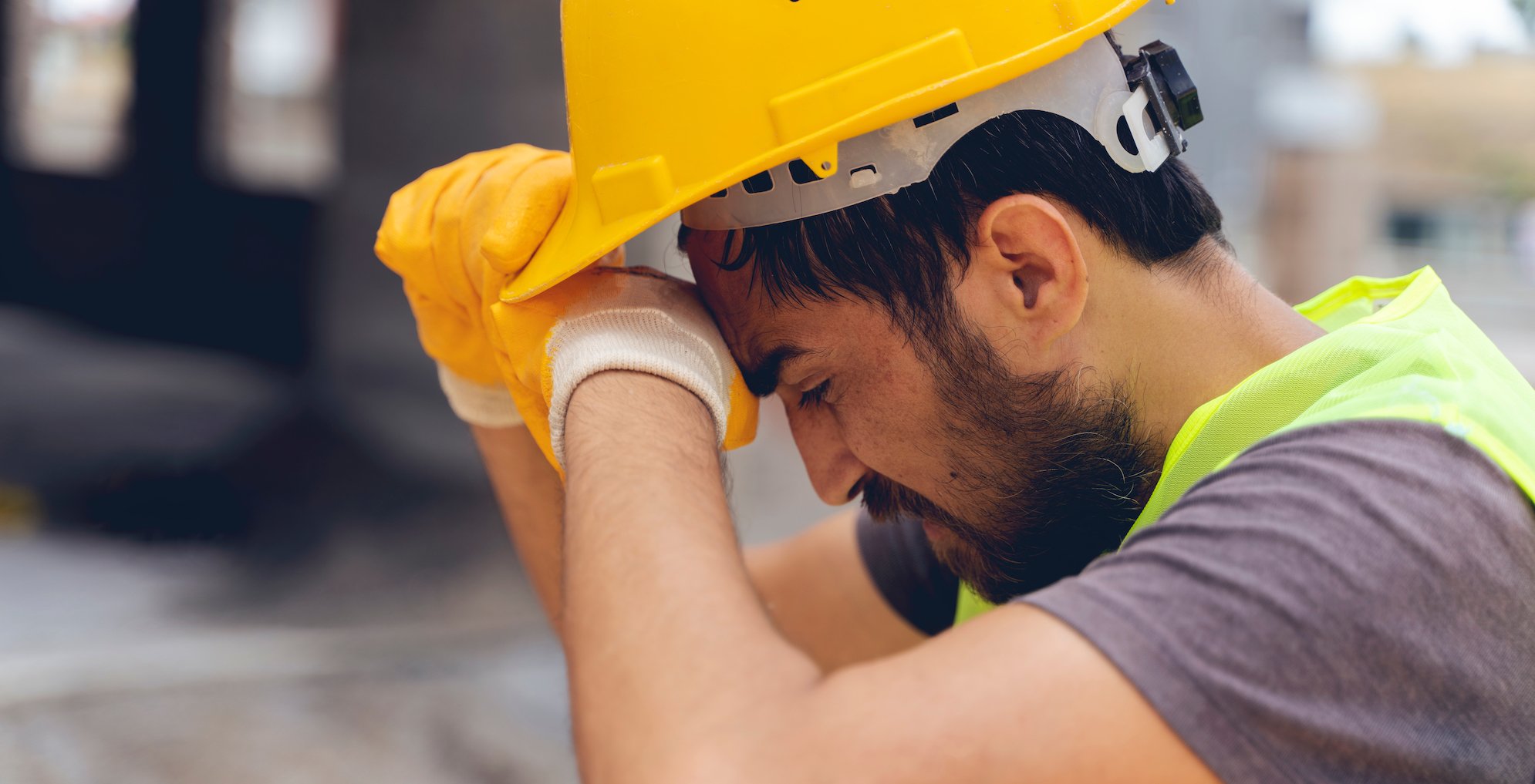The past 18 months have been tremendously difficult from a mental health perspective. According to a report from the Centers for Disease Control and Prevention, 40 percent of U.S. adults said they were struggling with mental health issues such as anxiety, stress, and depression or substance use to cope with emotions related to the COVID-19 pandemic. Sadly, 11 percent of the people surveyed said they’d seriously considered suicide.
The rate of suicide in the U.S. has slowly but surely increased over the last 20 years, according to the National Institute of Mental Health. According to the World Health Organization, more than 700 000 people die by suicide every year—that equates to one person every 40 seconds.
September is National Suicide Prevention Month. In recognition of the event, we present this message* from Dr. Lindsay Jenkins, Urbint SVP of Strategy and Technical Operations, on the importance of mentally supportive environments in high-hazard occupations like construction.
I was in grad school when a valued employee of my father’s business and dear friend of my family went missing. I remember the frantic calls and emails to family and employees, updates from his family, and attempts to learn how to ping his cell phone to find him. My dad is the one who insisted on checking the gravel quarry where he used to work. But, by the time he was found, he had taken his life.
When people in high-hazard industries talk about safety, they often mean physical safety. Do workers have the right PPE? Have they been trained on safety procedures? Can they identify safety threats? Is the equipment safe to operate? But, jobs like construction aren’t just physically demanding, they’re mentally demanding, too. Workers may be able to physically perform certain tasks, but mental distress and its symptoms can lead to unpreparedness, miscommunication, and distraction, which may result in injury to themselves or others.
People bring their whole selves to work. Their problems don’t simply disappear the moment they step on site. The worker who was up all night with a sick child is overtired. The worker moonlighting on the weekends is stressed about finances. And the worker who lost a parent is barely holding it together.
The COVID-19 pandemic shone a spotlight on the importance of recognizing mental distress and addressing stress and anxiety in the workplace. Our job now is to ensure that spotlight does not fade. Here, I share four things construction leaders can do now to foster mentally safe and supportive working environments.
Check out: Why Utilities Should Hold Mental Health Safety Stand Downs
1. Understand the causes of stress and anxiety
We all experience stress and anxiety caused by everyday occurrences like running late to an event or preparing for a job interview. Thoughts and feelings caused by this kind of stress and anxiety are short-lived, and our bodies can recover from it quickly.
We run into problems when stress and anxiety are prolonged. Not only does this have negative physical effects, but it can cause serious mental health conditions like depression.
We all have different stress triggers, but a few common causes of stress include major life changes (like getting married, having a child, or moving to a new city), increasing financial obligations (perhaps because a worker’s spouse lost their job or the worker recently purchased a home), and familial changes (like going through a divorce or grieving the death of a loved one). Traumatic events, including witnessing a coworker be seriously injured or killed, can also cause prolonged stress and anxiety.
2. Recognize the signs of mental distress
Stress and anxiety often manifest themselves in physical symptoms like headache, fatigue, upset stomach, difficulty sleeping, heartburn, weight gain or loss, and skin problems. They can also cause changes in temperament, with irritability, sadness, and loss of interest among the most common symptoms.
You can’t feel someone else’s body aches or experience their emotions, but you can keep your eyes and ears open to sudden changes in their appearance, mood, or behavior.
Also see: Addressing Worker Fatigue to Prevent Safety Incidents
3. Talk with stressed and anxious workers
Incident prevention techniques like job hazard analysis programs and site observations and audits are common in the high-hazard industries. Less common are targeted, intentional conversations that allow leaders to assess their workers holistically. Observations, in particular, provide a great opportunity to engage directly with workers and, instead of solely focusing on identifying risky behaviors or actions, assess the mental and emotional state of the team.
Some leaders may hesitate to talk with workers about their mental health because they’re afraid to invade their privacy, they think the topic is taboo, or they don’t know what to say. But, you don’t have to be an expert in mental health to begin conversations about stress and anxiety. Simply put down your checklists, pull your workers aside, talk, and listen.
Organizations like the Mental Health America and the Construction Industry Alliance for Suicide Prevention offer free tools and resources to help people experiencing mental distress or thoughts of suicide that you can share. If your company offers an Employee Assistance Program (EAP), encourage stressed or anxious workers to take advantage of its services, which may include grief counseling, financial assistance, and stress management techniques.
Look: 7 Ways to be More Proactive About Worker Safety
4. Make accommodations
As a whole, high-hazard industries have to be more accommodating of workers experiencing mental distress. In practice, this could mean scheduling work around therapy appointments, reassigning workers to different vacant positions, and even permitting the use of accrued paid leave. Workers should feel confident they will be supported, not penalized, for speaking up about their stress and anxiety.
There’s a portrait of my friend hanging at the entrance of my family’s business today. It’s a testament to the phenomenal person he was but also a reminder of how great an impact unaddressed mental distress can have. The choices leaders make about workers’ safety have real, long-lasting consequences, and so, I urge you to foster an environment that is safe and supportive to workers experiencing mental distress.
*A version of this article originally appeared on the Construction Industry Institute website.

